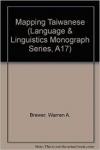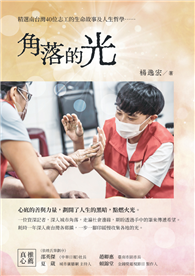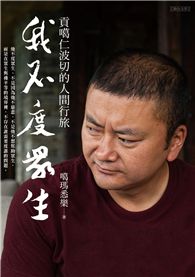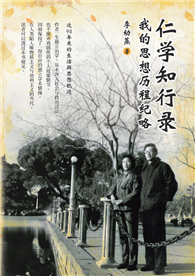圖書簡介Since submitting my manuscript to the journal three years ago, I have polished off two conference papers and now append them to the monograph as “Mapping Taiwanese goose” and “Mapping Taiwanese bat”. Each reflects an evolving refinement in my thinking about how best to measure language synchronically and annotate it diachronically.In the goose paper, a brief sketch of island history provides some background for the astonishing ethnic diversity on Taiwan, the result of numerous linguistic tsunamis over the centuries. In this paper, I also attempt to refine the connections between Indo-European and Chinese goose-related terminology.From a lexemic point of view, the bat paper is the most straightforward of the studies based on three questionnaire items (i.e. thumb, goose, and bat). What caught my fancy was the folklore associated with bats hereabouts, resulting in one particularly bizarre set of responses (the “money-rat-bat”). A wall of my study is covered with poster-sized maps of my cartographic musings, printed out with the help of the GIS team at the Acacemia Sinica in Nangang. It has long been my intention to include some of these in an inside-back-cover pocket of the volume.












